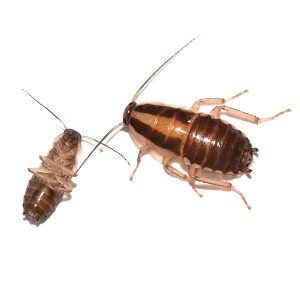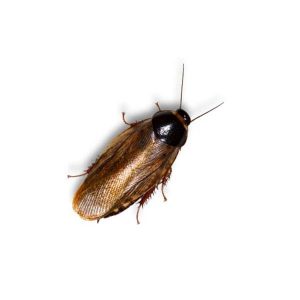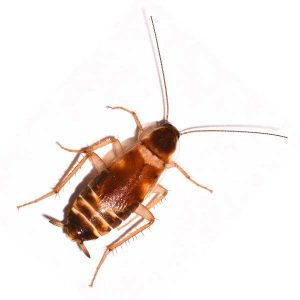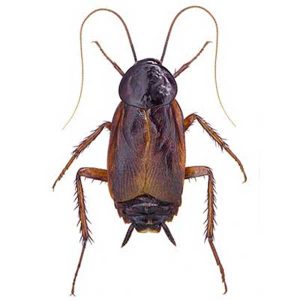American Cockroaches in Georgia
The American cockroach is known by many names—water bug or palmetto bug— as well as many unprintable expletives. It is the largest of the house-infesting cockroaches, measuring up to 2 1⁄8 inches long with fully developed reddish-brown wings. Despite its name, the American cockroach is not native to North America and was probably introduced via ships from Africa. It is currently found throughout the United States and is second only to the German cockroach in abundance. Adults can live up to one year and an adult female will produce an average of 150 young in her lifetime. They will not infest a home the way german roaches will, but they can still become an issue if left untreated. While these roaches can be seen during the day they are most active at night.
American Cockroach Habitat
These roaches are most commonly found outside. They tend to live in the trees and woods around homes, but they have also been known to live in the sewer system and storm drains. They like any damp, dark location, such as: piled up leaves, under mulch or straw, under decorative borders or stones, etc. The American cockroach is omnivorous and an opportunistic feeder. It consumes decaying organic matter but is a scavenger and will eat almost anything. It prefers sweets but has also been observed eating paper, pet food, soap, hair, fruit, book bindings, cardboard boxes, cloth, and dead insects.
American cockroaches prefer warm, damp environments and can often be found outdoors around drains, garbage bins, trees, and woodpiles. When these roaches venture inside homes in search of food, they often live in damp areas such as basements, garages, kitchens, and bathrooms.
American Cockroach Behaviors & Dangers
American cockroaches have the ability to bite, although they rarely do. These cockroaches are considered pests of public health importance because they breed and feed in unsanitary areas close to humans, such as garbage storage, sewage systems, and septic tanks. American cockroaches have a characteristic odor when present and can contaminate human food and surfaces with their feces and body parts. Foraging cockroaches can also be vectors of disease, depositing germs or bacteria in areas they inhabit and causing asthma attacks in some people sensitive to cockroach allergens. If you are experiencing an American cockroach problem in your Atlanta area property, contact your local cockroach exterminators for help.






